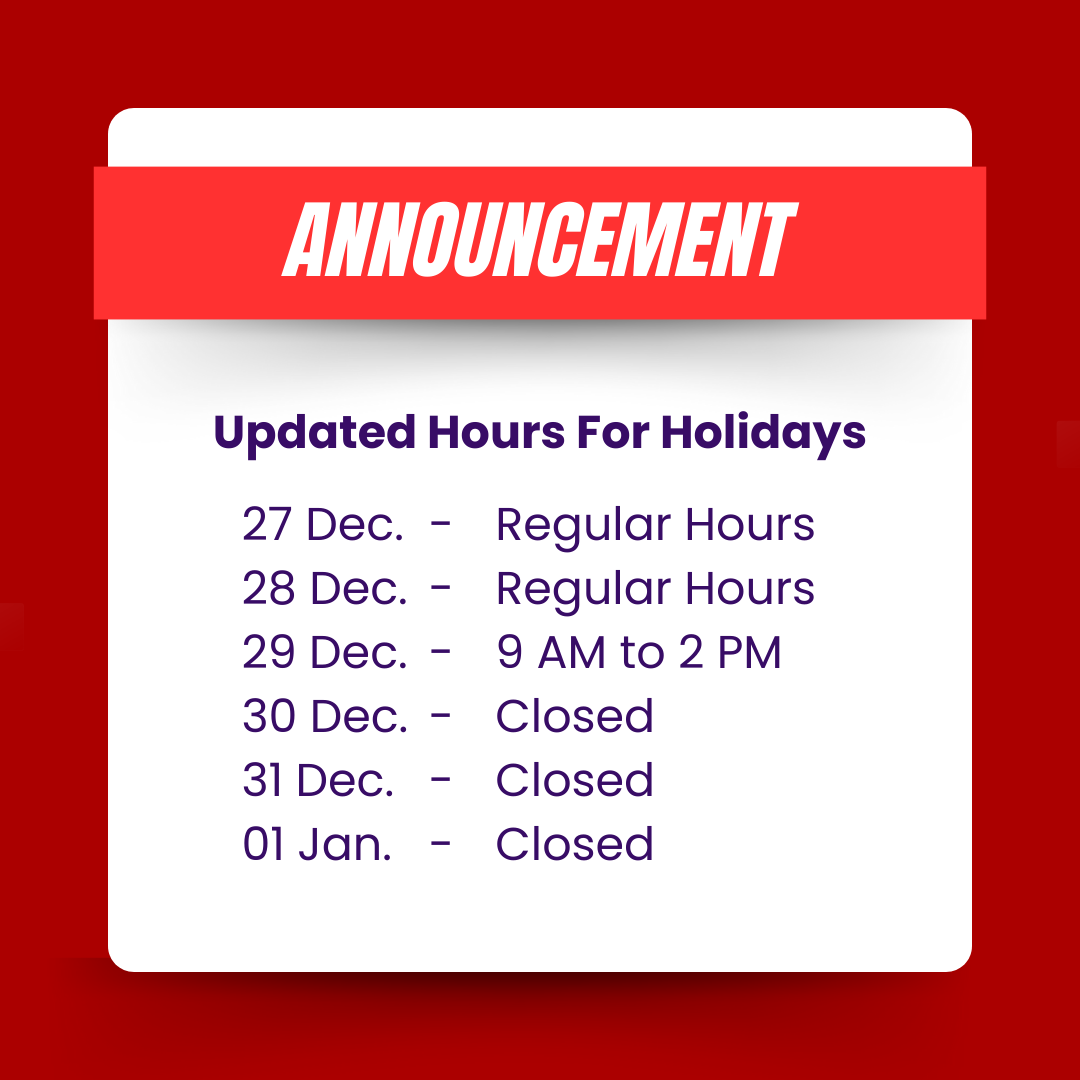In the realm of automobile insurance, OPCF 44 stands out as a vital endorsement that can significantly enhance your coverage. Understanding how to leverage OPCF 4 effectively can not only provide peace of mind but also safeguard you against unforeseen liabilities. In this comprehensive guide, we delve deep into the intricacies of OPCF 44, offering insights, tips, and best practices to ensure you maximize its benefits while navigating the complexities of car insurance.
Understanding OPCF 44
OPCF 44, also known as the Family Protection Endorsement, is a supplemental coverage option available for automobile insurance policies in certain jurisdictions. This endorsement serves as a crucial safety net, extending your coverage limits beyond the standard liability protection provided by your policy. Essentially, this steps in to bridge the gap in coverage when you are involved in an accident with an underinsured or uninsured motorist.
The Importance of OPCF 44
The significance of OPCF 44 cannot be overstated, particularly in scenarios where you find yourself in a collision with a driver who lacks adequate insurance coverage. Without , you could be left vulnerable to bearing the financial burden of medical expenses, vehicle repairs, and other damages resulting from the accident.
By adding it to your policy, you proactively safeguard yourself and your loved ones against such potential hardships, ensuring that you receive the compensation you deserve, regardless of the other driver’s insurance status.
Coverage Details and Limitations
Before delving deeper into how to properly use OPCF 44 it is essential to grasp the specifics of this endorsement. OPCF 44 typically provides coverage for bodily injury and property damage sustained in an accident involving an uninsured or underinsured motorist.
However, it’s crucial to review your policy carefully, as coverage limits and exclusions may vary depending on your insurance provider and jurisdiction. Additionally, certain limitations may apply, such as the requirement for the other driver to be at fault for the accident to trigger OPCF 44 coverage.
Determining Your Coverage Needs
When considering whether to add OPCF 44 to your car insurance policy, it’s essential to assess your individual coverage needs and risk tolerance. Factors such as your driving habits, the prevalence of uninsured motorists in your area, and your financial situation should all be taken into account.
While it provides valuable protection, it may not be necessary for everyone. Consulting with a knowledgeable insurance agent can help you evaluate your options and make an informed decision based on your specific circumstances.
How to Add OPCF 44 to Your Policy
Adding to your car insurance policy is a straightforward process that typically involves contacting your insurance provider or broker. Your insurer will guide you through the necessary steps to add the endorsement to your policy, ensuring that you understand the associated costs and coverage details. While it may incur an additional premium, the peace of mind it offers in terms of enhanced protection far outweighs the cost for many drivers.
Best Practices for Utilizing OPCF 44
Once you’ve added OPCF 44 to your policy, it’s essential to familiarize yourself with the best practices for utilizing this endorsement effectively. Firstly, ensure that you maintain accurate records of any accidents or incidents involving uninsured or underinsured motorists. Promptly report such incidents to your insurance provider and provide any necessary documentation to support your claim.
Additionally, it’s advisable to seek legal counsel if you encounter any challenges or disputes during the claims process, as an experienced attorney can advocate on your behalf and help you navigate the complexities of insurance law.
Maximizing Your Coverage Benefits
To maximize the benefits of OPCF 44, consider opting for higher coverage limits to ensure adequate protection in the event of a significant accident. While higher coverage limits may result in slightly higher premiums, the added peace of mind and financial security they provide are invaluable.
Additionally, periodically review your insurance policy to ensure that it remains aligned with your evolving needs and circumstances. As your financial situation changes or you acquire additional assets, adjusting your coverage limits accordingly can help you stay adequately protected against potential liabilities.
Conclusion
In conclusion, OPCF 44 is a powerful tool that can bolster your car insurance coverage and protect you from the financial fallout of accidents involving uninsured or underinsured motorists. By understanding the nuances of OPCF 44, assessing your coverage needs, and adopting best practices for utilization, you can navigate the complexities of car insurance with confidence and peace of mind.
Remember, proactive planning and informed decision-making are key to unlocking the full potential of OPCF 44 and ensuring that you and your loved ones are adequately protected on the road.







